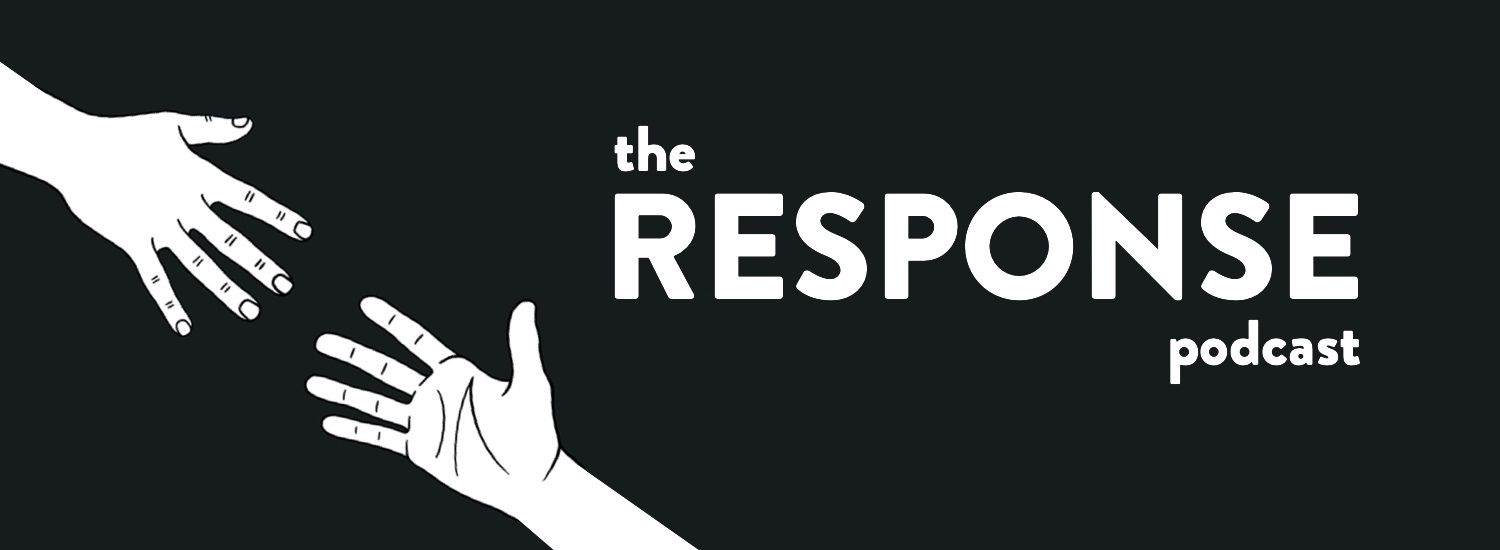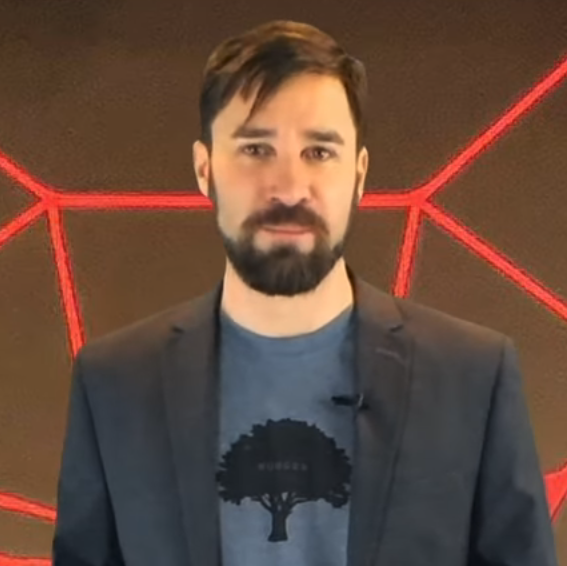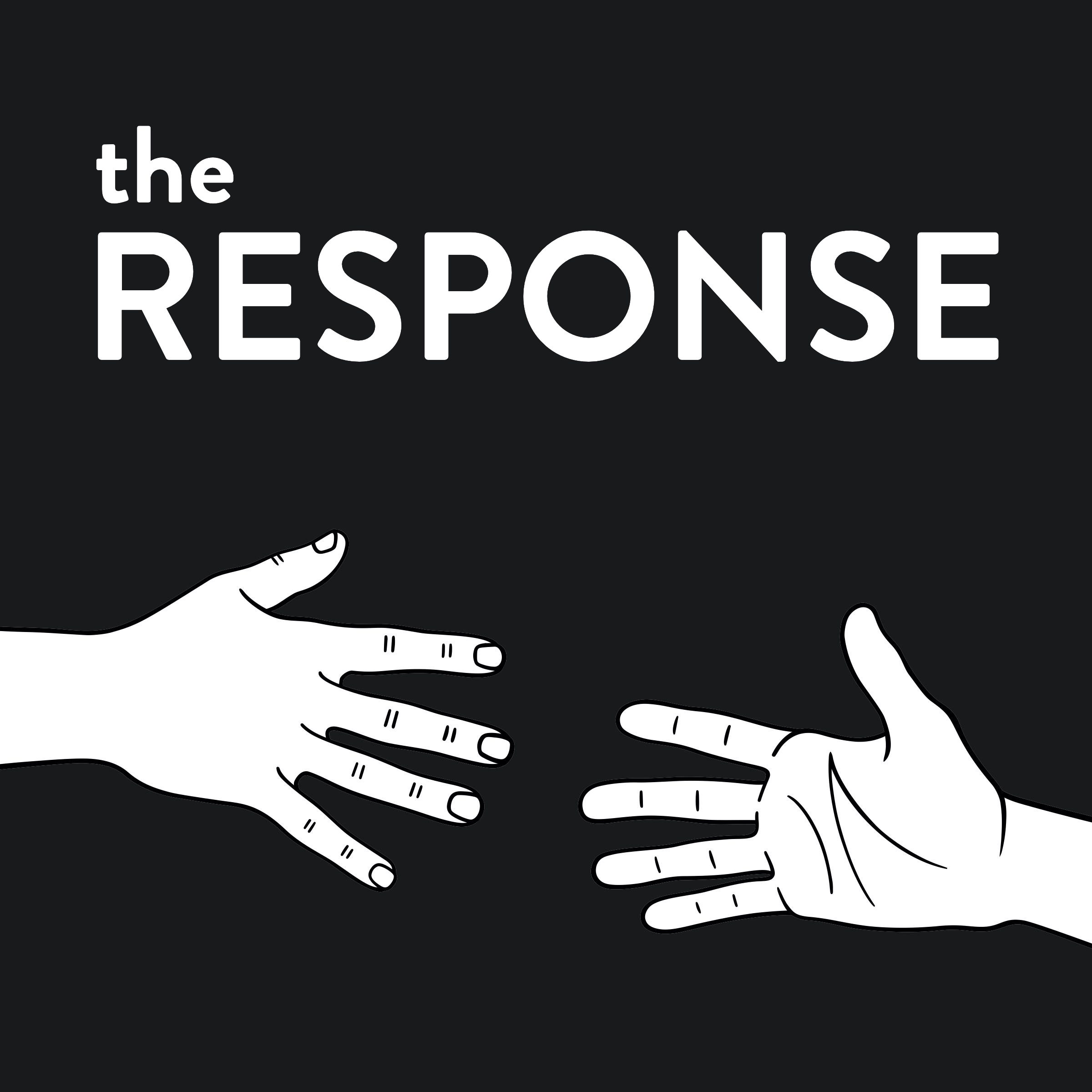Paris has been on the cutting edge of a worldwide municipal movement dedicated to making cities more resilient to the physical, social and economic challenges that are a growing part of the 21st century.
The steps that they are taking to support the city and all of its inhabitants to become more resilient are incredibly necessary. June and July had the two highest global average temperatures on record, during which Paris had its hottest day ever while nearly 1,500 people suffered heat wave related deaths across the nation of France.
I spoke at length with Paris’s chief resilience officer, Sebastien Maire, about what that city has been doing in order to build resilience in the face of the climate crisis. Our conversation covered the six main resilience challenges in Paris, their three-tiered approach to meeting those challenges, and how they are empowering residents to directly participate — and in many cases, lead the process.
Along the way, we discussed the 100 Resilient Cities program, community fridges, the role of social cohesion, and his views on the inextricable link between climate change and economic inequality.
Listen to the full interview on The Response Podcast:
Tom Llewellyn: Can you talk a little bit about some of the unique challenges Paris is facing and some of the projects that you’ve been implementing to address these challenges?
Sebastien Maire: We’ve identified six main resilience challenges in Paris from the lack of social cohesion to air pollution, climate change, the lack of governance and so on. To address these main challenges, we have established three main pillars. The first one is the people — counting on the people and not only on the public institutions, the politics, and the private sector. Each inhabitant has a power, and our role is to help these inhabitants take their place. So we’ve been working with actions aimed at training and informing the inhabitants [of Paris]. We’re creating volunteer networks of inhabitants that are ready to act on a daily basis to tackle climate change and to develop solidarity.
The second pillar is infrastructure: the buildings in the city, roads, public spaces, parks, transportation, etc. If we want to be more resilient, we need to radically re-envision how to make a public space.
And the third pillar is governance. If we want the first two pillars to succeed, we need to change and improve our territorial governance; to work together between the public sector, the private sector, and the inhabitants.
Can you give us some concrete examples of some of these pillars in action?
We’ve been planting trees now in order to provide shade in 20 years, when the trees will have grown up. All the cities in the world have been doing that. Will these trees survive in the climate in 20 years? Most of the cities never thought about that and are planting trees now that are going to die before being tall enough because the climate is completely going to change. Meanwhile, in Paris, we’ve been doing studies that identify tree species that can survive both in today’s climate and in tomorrow’s climate.
We also need to enlarge our vision and not think of our policies simply within Paris’s borders. All the main issues: air pollution, flooding, terrorist attacks, climate change and so on can find solutions only at a wider scale. Of course, we need to develop more cooperation with the suburbs, but also with the countryside — because the countryside is feeding the city. We’ve been developing urban farming, of course, but Paris is too dense and we have limits and it will never be enough to feed the people in the city. So if we want to develop sustainable agriculture, if we want to reduce air pollution, we need to support the creation of new farming lands around Paris, because we’ll need that in the future.
June and July were the two hottest months on record globally, shattering the previous records. And in July Paris had its hottest day ever. How is the City of Paris working to help citizens collaborate and support each other to be able to meet the challenge coming from global heating?
Most of the responses to this kind of shock have at first to come from the people themselves. The public authorities and the emergency services will be overwhelmed because we’re going to have more and more often these kind of crises. A heatwave is a great example of how to build daily solidarity among people. For example, the public orders communicated to people included things like, ‘can you knock at your neighbor’s door to check if there is an elderly person that needs assistance? Do you have any idea if there are pregnant women or babies around you that you should look after?’
Another example is that we’ve been creating a volunteer network everywhere in Paris. During this heatwave we sent materials to the network that they could give to their neighbors, [including] information about where the closest cool spot around their home was, and so on.
I think that’s the new way of thinking about public policies regarding the risks: counting on people. In France, it’s completely new. The administrative culture, especially coming from the national government, considers that people don’t know how to manage a crisis and that they will create a mess if we involve them. They think the public authorities are the ones who know best. But we’re not enough — we need to count on the people.
Speaking of people that need extra support, there are so many marginalized communities that don’t have the same resources and that are negatively affected by disasters and disruptions in a greater way. A lot of this stems from inequality that’s been manufactured by our economic systems. Can you talk a little bit about how, through your position as the chief resilience officer, you’re able to address issues of inequality that are reducing the overall resilience of the city?
Both climate issues and inequality issues are completely related, in consequences and solutions. One example of a solution is that we’ve been setting up solidarity fridges in the streets in cooperation with local shop owners who agree to set up and maintain a fridge in front of their shop. At the end of the day, they will leave all the unsold food that they won’t be able to sell because of expiration dates. Other people can also fill the fridge with their own food and the homeless and the poorest can help themselves to the food in the fridge.
We had a pilot last year and we found that a 120 kilos [265 pounds] went into a single fridge every day. This 120 kilos would otherwise get put into the trash and would be collected by a truck driving 50 kilometers from Paris to be burned. Instead of this, it’s consumed on site without any transportation. It reduces waste, it reduces air pollution, and more than all it feeds the people who need it. It’s this holistic approach, just on one simple object: a fridge. It’s simple, it’s low tech, it’s low cost — it’s just a way of thinking, a way of envisioning the issues and the solutions.
Creating a sense of place is such an important component of building community and solidarity among people. Is there something that you can point to that is helping to create a sense of place for Parisians?
Paris is one of the smallest capital cities in the world. When most people think about Paris, they’re probably just thinking about the city, which has 2.2 million inhabitants. But Paris is much more than that. The Paris metropolitan area has seven million people, and the Paris region, including the part of the countryside where we could grow vegetables, for instance, is 14 million. We also depend on many other regions that are close to Paris, so we’ve decided that we should stop thinking that we’re going to fix these problems by ourselves, as just the city of Paris.
We need to [transition] from the vision that was based on competition. The idea that we need to be more competitive, get more money, more enterprises, and so on, is completely going against what’s coming. More than ever, we need to cooperate and not to compete. Because when you compete, you might win, but it means that there is a loser on the other side. And if the other territory is going to lose something, at the end, you’ll have consequences in your own territory. So this framework of competition is really dangerous regarding the challenges we’re going to face.
So what we’ve been doing within this resilience strategy and other projects that are developed by the city of Paris is to strengthen this idea of cooperating, of sharing, of working together, at the city level with the inhabitants, with the private sector and so on, but also with the other territories. This is quite new, especially because the 20th century was the opposite of that. The 20th century was based on competition. And now we’ve been shifting this and I think that’s really positive because there the risks that we can’t actually anticipate — we don’t know what’s going to happen in the coming decades. There are probably some risks that no one has identified yet. And a resilient city is able to face anything because it can count on its population, on the right governance, on the infrastructure that is adapted so that whatever happens, the city is going to be strong enough. That’s the idea.
This interview has been edited for length and clarity.
##
This article is part of our series on disaster collectivism. Download our free series ebook here.











